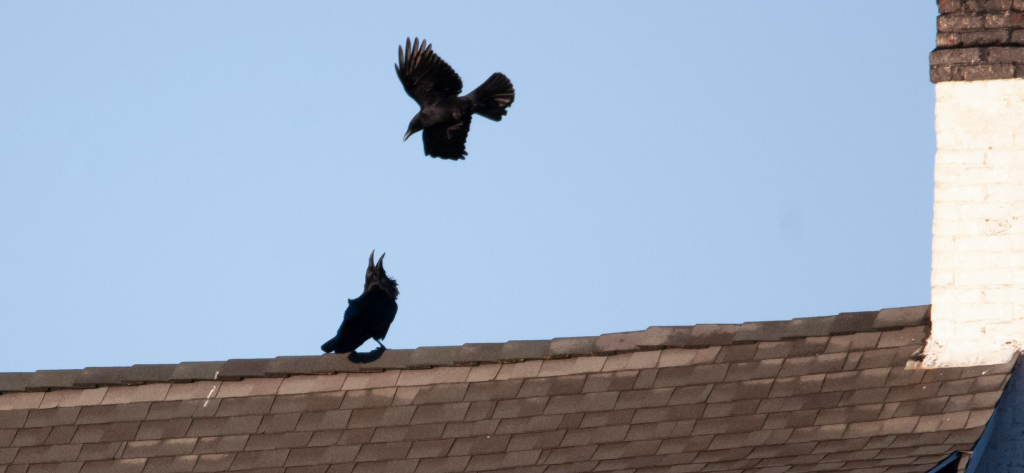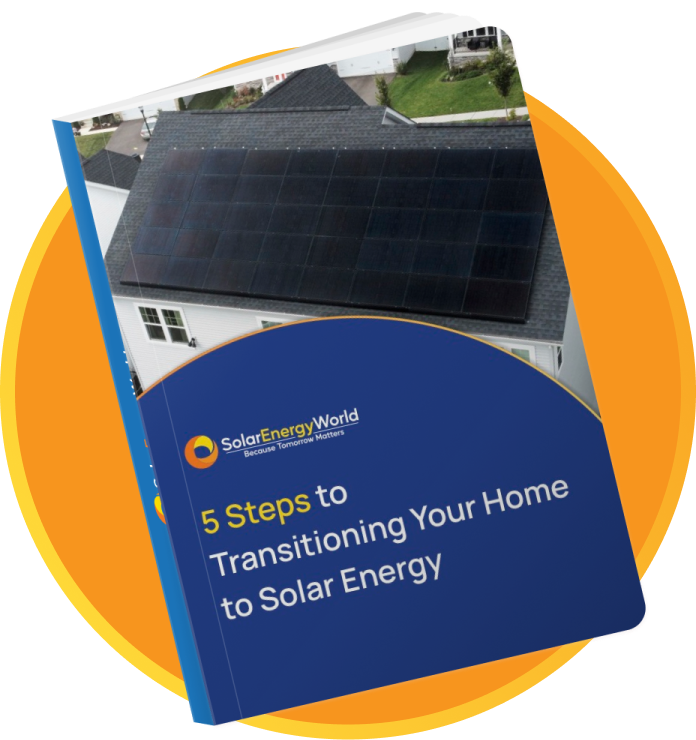Article
Everything You Need to Know About Solar Panels and Birds

Solar panel installations are becoming increasingly popular as renewable energy solutions become more accessible to the average consumer. Although homeowners, businesses, and the environment all benefit from reduced carbon emissions, birds can interfere with solar panels, putting themselves and your investment at risk.
Birds and solar panels have a complex relationship with one another. While solar energy offsets our reliance on fossil fuels and helps protect the environment for these creatures, the infrastructure used to capture and convert sunlight into usable electricity can pose a risk to their safety. At the same time, birds can cause costly damage to renewable energy systems if proper safeguards are not implemented.
Whether you already have a solar panel array or are considering a new installation, you’ll want to learn the best bird-proofing solutions to protect your investment and the local wildlife.
The Growing Popularity of Solar Panels
According to the Solar Energy Industries Association, it took about 50 years to install 5 million solar panel arrays in the US, but that figure is expected to double by 2030 and triple by 2034. This is thanks in part to the declining costs of renewable energy systems and a substantial rise in financial incentives like state and federal tax credits, net metering programs, and solar renewable energy credits (SRECs) that offer savings for solar owners and operators. In some states, the benefits extend to renters participating in community solar projects. Both urban and rural solar farms may supply green energy to those living nearby.
This boost in renewable energy is a win for people and the planet, as it curbs our reliance on fossil fuels and helps us cut carbon emissions. In fact, the United States displaces nearly 200 million metric tons of CO2 every year using solar power alone.
How Solar Panels Can Affect Birds: The Concerns
Many homeowners worry about the effects of birds on their solar panels, but these installations can also impact the local wildlife. Here are some of the ways solar panels can affect birds and other species:
Collisions with Panels
While birds can accidentally fly into small-scale rooftop- and ground-mounted solar panels, these collisions are more prevalent at large solar farms where acres of land are covered with shiny, reflective panels that mimic bodies of water. Sometimes called the “lake effect,” this phenomenon threatens shorebirds and other species that land on or dive into water. As such, distributed solar energy, like residential solar panels, may be better for birds on a smaller scale.
Loss of Habitat
The location of solar farms can also impact the availability of natural bird habitats. Areas of high biodiversity and those in the flight paths of migratory birds may not be best suited for a sprawling array of solar panels.
Opting for previously disturbed and degraded lands, incorporating wildlife corridors, and reintroducing native vegetation can help these systems create less of a disturbance for many types of wildlife. However, large installations may still confuse or displace birds.
Nest Placement and Access
Researchers from Argonne National Laboratory are using a massive camera network equipped with artificial intelligence to observe and monitor bird behavior around large solar installations, and the early findings suggest that avian creatures act in unexpected ways around sizable arrays. Many birds shelter, nest, or roost under solar panels, evidently using them as a heat source and protection from the elements.
While these findings are promising for the bird population, they lead to concerns about the impact on the solar panels themselves. So, how do birds damage solar panels? Here are a few ways they can harm your investment:
- Scratches and scuffs on glass
- Droppings can reduce efficiency
- Nesting beneath panels may cause corrosion and erosion
- Collisions can break glass
- Curious birds may damage wiring

How to Switch to Solar in 5 Simple Steps
Solar Farms and Wildlife: Understanding the Ecological Impact
Utility-scale solar installations can have both positive and negative effects on local ecosystems. Although the broader environmental impacts are primarily beneficial—reducing carbon emissions and our reliance on fossil fuels—birds and other wildlife that live or travel through areas with extensive solar panels may encounter more adverse effects, including habitat displacement, land disturbance, and impacts on the soil, water, and air.
A number of ongoing studies are underway to assess these effects and determine the best ways to balance the needs of wildlife and the planet.
Bird-Friendly Solar Panel Installation Practices
Now that you understand how solar panels may impact birds, let’s look at some wildlife-friendly ways to protect your investment.
Design Features
The placement and spacing of your rooftop or ground-mounted solar panels should limit access for birds and other creatures. For example, you can space panels so that critters can’t wriggle between them. Consider placing them at a height that prevents nesting, and be sure to block off any remaining gaps with mesh or wire netting.
Creating Bird Habitats
Personal, residential solar panel arrays are unlikely to displace a large number of creatures, but bigger installations can greatly disturb birds and other species. Utility-scale solar sites should be placed in areas that don’t serve as critical habitats, such as contaminated lands and spaces that were previously used for other purposes. In other words, natural landscapes and areas of high biodiversity should be avoided.
Including wildlife corridors, native plantings, and other bird-friendly features can help support local animal populations.
Bird Deterrent Solutions
What are the best bird deterrents for solar panels? We’re glad you asked!
A number of solar panel bird-proofing strategies can protect your renewable energy system from avian invaders. Here are some of the most common measures:
- Physical deterrents: Netting or other barriers that keep birds from nesting beneath solar panels.
- Visual deterrents: Reflective tape, decoys, and specialty lighting devices.
- Acoustic deterrents: Ultrasonic devices that repel birds but are undetectable to the human ear.
- Tactile deterrents: Spikes that inhibit the ability to perch or nest. Mild electric shocks.
What Can Homeowners and Businesses Do to Help?
Solar panel bird-proofing techniques like wildlife-friendly netting, rodent guards, and other barriers may be the most effective solution for keeping birds away from your solar panels without harming them. After all, the goal is to create a harmonious environment.
Your solar installation expert can guide you on how to protect solar panels from birds without posing a threat to local avian populations. Of course, unless you’re in charge of a utility-scale solar installation, it’s unlikely that you’ll have a major impact on the wildlife in your area, but it’s still worth considering as you plan and implement your renewable energy system.
Protecting Birds and Promoting Responsible Solar Panel Installation
Overall, solar panels positively impact the environment, but birds and other species may encounter adverse effects if installers, owners, and operators don’t consider their needs. Be mindful of bird safety as you take steps toward a more sustainable future, as preventing interaction between birds and solar panels will benefit your installation and the local wildlife.
The experts at Solar Energy World can help you design a bird-friendly solar panel installation to meet your needs and protect your feathered friends. Contact us today for a free solar estimate!
Want a Free Solar Estimate?
Fill out the form to get started today.

